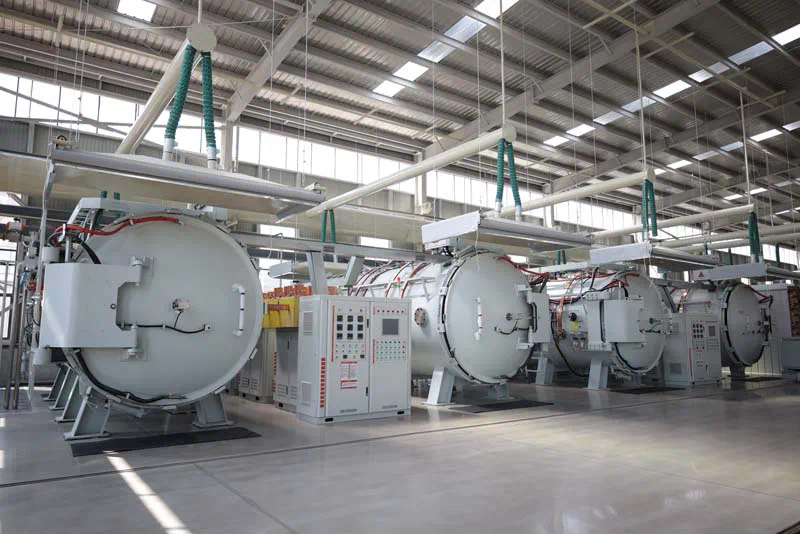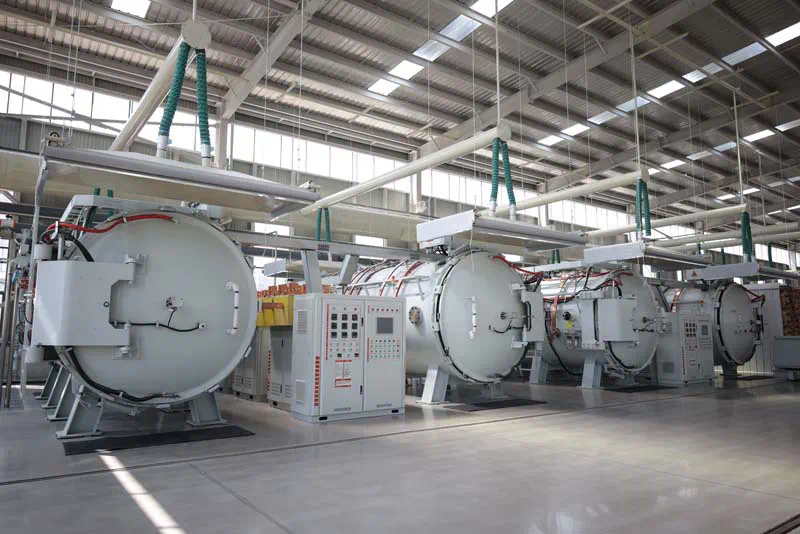Silicon Carbide in high-frequency radar applications
Silicon Carbide (SiC) has emerged as a crucial material in the realm of high-frequency radar applications, revolutionizing the capabilities and performance benchmarks of radar systems across various sectors. Its unique properties make it exceptionally well-suited for demanding radar environments, where reliability, efficiency, and precision are paramount.
Understanding Silicon Carbide: A Game-Changing Material
Silicon Carbide, a compound semiconductor composed of silicon and carbon, boasts remarkable properties that distinguish it from conventional materials like silicon and gallium arsenide. It exhibits high thermal conductivity, excellent mechanical strength, and superior chemical stability under extreme conditions. These attributes render silicon carbide companies SiC particularly suitable for applications requiring high power densities and operational reliability.
Applications in Radar Technology
High-Frequency Radar Systems
In the realm of radar technology, particularly in high-frequency radar systems, Silicon Carbide plays a pivotal role in enabling advanced functionalities. These systems operate at frequencies where SiC’s unique electrical properties shine, facilitating efficient power handling and minimizing signal losses. This capability enhances radar performance in terms of range, resolution, and sensitivity.

Benefits of Silicon Carbide in Radar Applications
Enhanced Power Efficiency
One of the primary advantages of Silicon Carbide in radar applications lies in its superior power efficiency. SiC-based devices exhibit lower on-state resistance and reduced switching losses compared to traditional silicon-based components. This efficiency silicon carbide uses translates into less heat dissipation and enhanced overall system reliability, crucial for continuous and prolonged radar operations.
Extended Operational Lifespan
The robust nature of Silicon Carbide enables radar systems to operate consistently under harsh environmental conditions without compromising performance. Its inherent resistance to high temperatures, radiation, and chemical corrosion ensures prolonged operational lifespan and minimal maintenance requirements—a significant advantage in remote or inaccessible radar installations.

Challenges and Future Directions

Integration Challenges
Despite its myriad benefits, widespread adoption of Silicon Carbide in radar applications faces challenges related to manufacturing scalability and cost-effectiveness. Overcoming these hurdles requires continued advancements in fabrication techniques and materials engineering to achieve economies of scale without compromising performance or reliability.
Future Innovations
Looking ahead, ongoing research focuses on expanding SiC’s operational bandwidth and enhancing its integration with complementary technologies such as gallium nitride (GaN) for even higher frequencies and improved system efficiencies. These innovations promise to further elevate radar capabilities across defense, aerospace, and commercial sectors, opening doors to new applications and operational paradigms.
Conclusion
In conclusion, Silicon Carbide represents a transformative material in the evolution of high-frequency radar technology. Its unique combination of electrical, thermal, and mechanical properties empowers radar systems with unprecedented efficiency, reliability, and performance across diverse operational environments. As research and development efforts continue to push the boundaries of material science and engineering, SiC stands poised to redefine the future of radar systems, ensuring enhanced situational awareness, communication, and security on a global scale.
https://flycatcoo.com/

